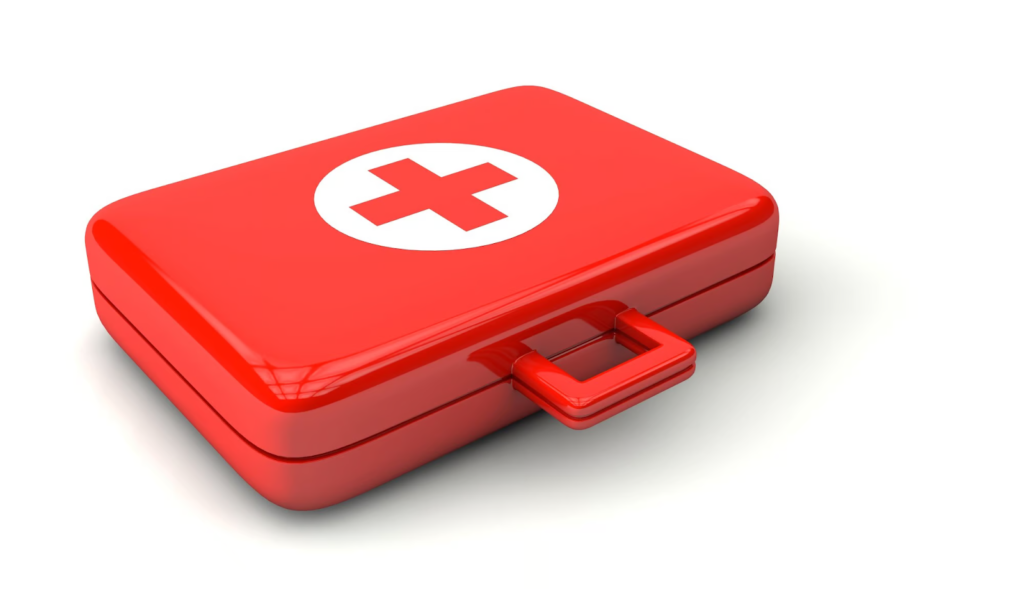A first-aid kid, also known as an emergency kit, is a collection of supplies and equipment used to provide medical treatment in case of an injury or illness. It is important to always have a first-aid kit on hand, whether at home, work, or traveling. The primary purpose of a first-aid kit is to provide immediate care until professional medical help arrives. This guide will discuss everything you need to know about first-aid kit boxes.
Importance of First-Aid Kits
First-aid kits are essential in handling minor injuries and preventing infections. A well-stocked and easily accessible first-aid kit can make a significant difference in an emergency. It can help manage wounds, burns, and sprains and offer relief until medical professionals can take over. There are various types of boxes for first aid designed for specific environments, such as home, office, car, or outdoor activities. These kits are customized to cater to potential injuries and medical emergencies that may occur in those settings.
It is crucial to ensure that your first-aid kit is tailored to your specific needs. For example, a first-aid kit for first aid in a home should include items suitable for common household accidents, while a kit designed for camping trips might require additional supplies like snake bite kits or emergency blankets. Knowing how to use the contents of your first-aid kit effectively is just as important as having one. A basic first-aid course can give you the knowledge and confidence to handle medical emergencies effectively.
What to Include in a First-Aid Kit Box
The contents of a first-aid kit box will depend on the purpose and environment it is intended for. However, some essential items should be included in every first-aid kit. These items include:
- Adhesive bandages (various sizes)
- Gauze pads
- Medical tape
- Antiseptic wipes/cream
- Pain relievers (ibuprofen, acetaminophen)
- Antibiotic ointment
- Scissors and tweezers
- Latex gloves
- Instant cold packs
Apart from these basic items, it is essential to regularly check and replace any expired or used supplies in your first-aid kit. Additionally, consider adding specific items based on the activities you engage in or potential risks in your environment. For example, if you frequently go hiking or camping, including insect repellent and a snake bite kit in your first-aid kit may be useful.
Maintaining Your First-Aid Kit
Start by performing routine checks at least twice a year to inspect the contents and replace any expired, damaged, or used items. Systematically organize the components, making sure that critical items are easily accessible. Utilizing clear, labeled compartments can be helpful for quick identification during stressful situations.
Store your first-aid kit in a cool, dry place to prevent the degradation of its supplies. Moisture can damage bandages and gauze, while extreme temperatures can affect the efficacy of medications. Kits kept in vehicles should be protected from direct sunlight and heat exposure. If your kit includes batteries, check their charge levels regularly, particularly for flashlights or electronic thermometers.
Having a well-stocked first aid kit is an important safety measure that everyone should take. In case of an emergency, it can provide immediate care until professional medical help arrives. Make sure to regularly check and restock your first aid kit and customize it according to your needs to be prepared for any situation. Remember, proper first aid can save lives.






